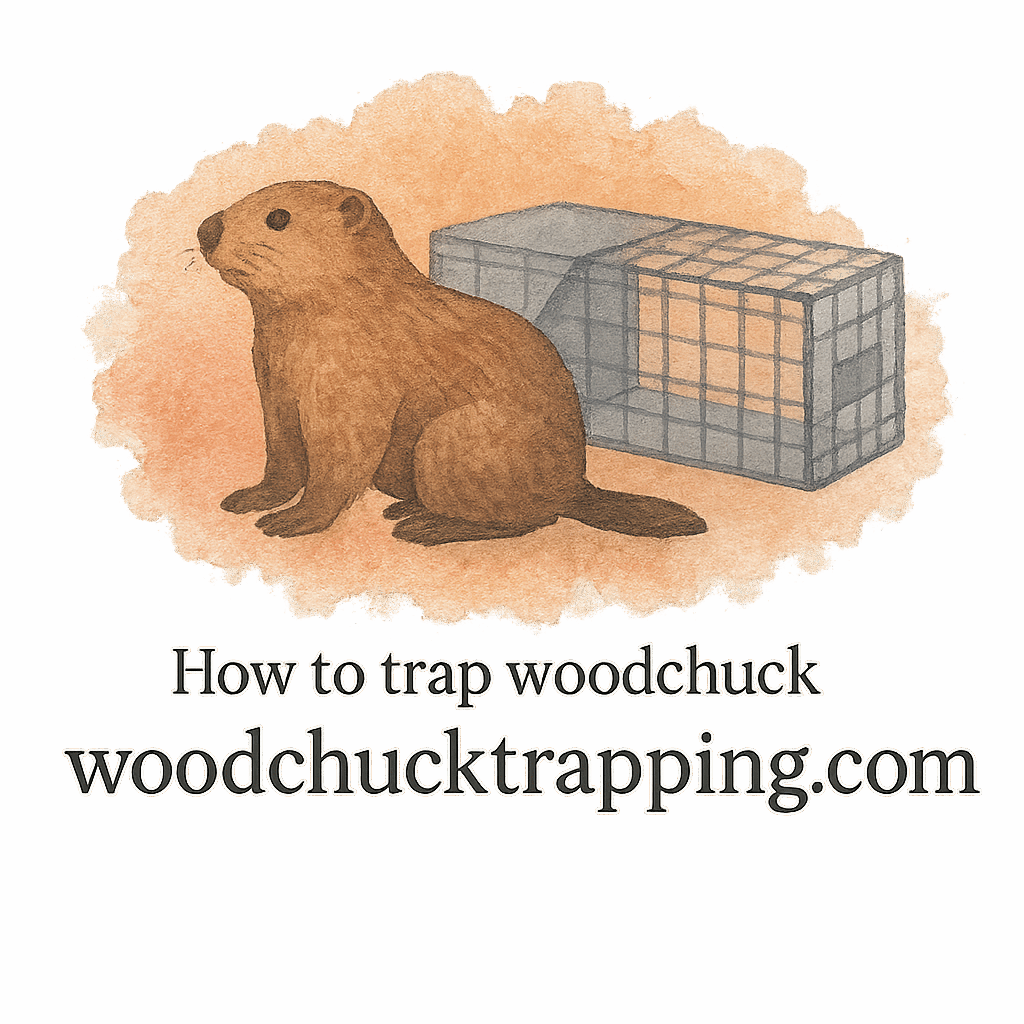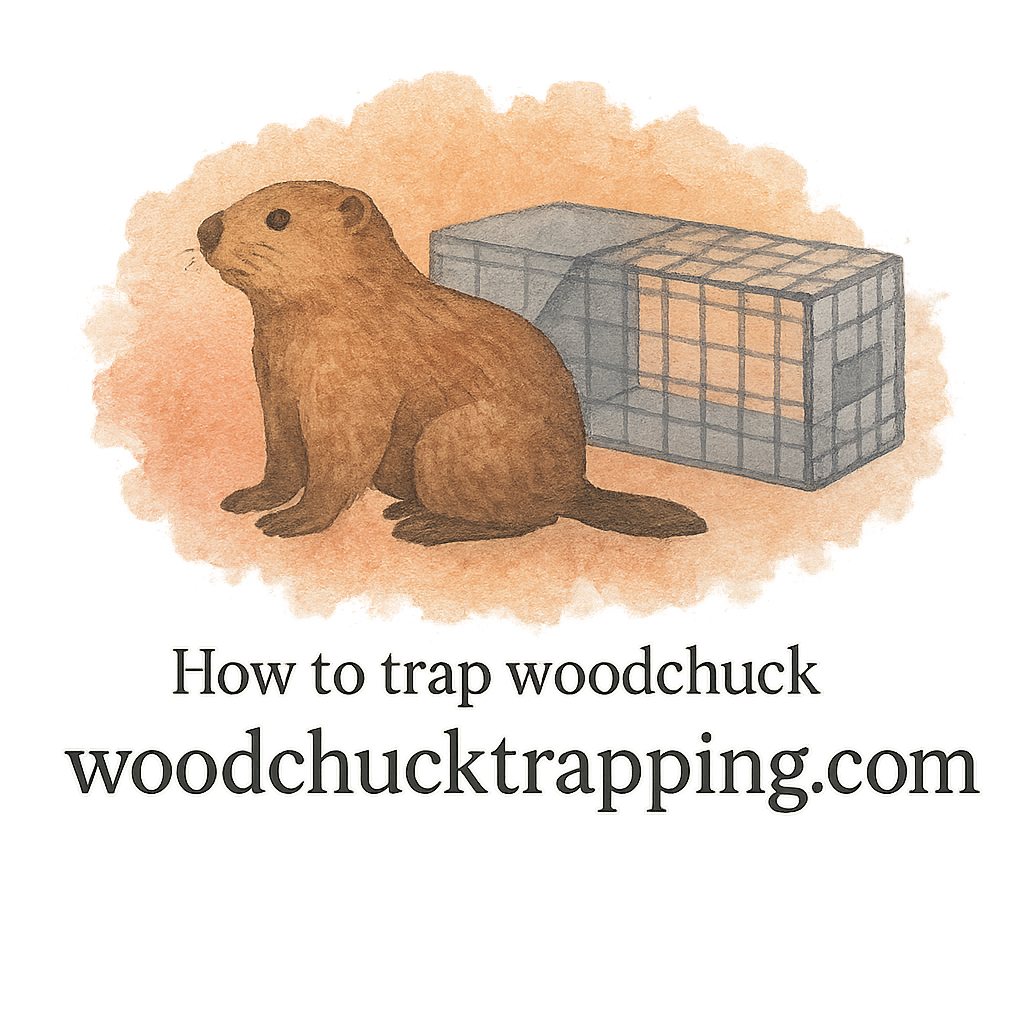Understanding Woodchuck Behavior
Why Woodchuck Habits Matter
If you want to outsmart a woodchuck, you need to think like one. Woodchucks, also known as groundhogs, are creatures of habit. They follow the same trails, feed during specific hours (usually early morning or late afternoon), and stick close to their burrows. Recognizing these behaviors makes bait placement way more strategic.
Signs of a Woodchuck Infestation
Look out for freshly dug burrows, chewed vegetation, and droppings. These are sure signs you’ve got an uninvited tenant. This info also helps when deciding where to set up your trap and bait.
Check out signs of infestation
Importance of Proper Bait Placement
The Role of Scent and Environment
Woodchucks rely heavily on their noses. So, if you’re using a smelly bait—like cantaloupe or peanut butter—you need to minimize human scent. Always wear gloves when handling bait or traps.
Use the right gloves to avoid contaminating the bait with your scent.
Common Baiting Mistakes to Avoid
Some common errors include:
- Placing bait too far from active burrows
- Using spoiled or weak-scented bait
- Leaving human scent on traps
- Not securing bait properly
These mistakes can cost you time and success.
Top 10 Bait Placement Strategies for Woodchuck Trapping
1. Near Active Burrows
Placing bait just outside active burrow entrances is often effective. Woodchucks usually pop out, sniff the air, and if bait is nearby, they’ll go for it. Don’t block the entrance though—just lead them out.
2. Close to Food Sources
Think like a woodchuck: where the snacks are, that’s where they go. If they’re munching on your vegetable garden, place bait between the garden and their burrow.
3. Along Their Daily Pathways
Woodchucks are routine-driven. Observe their paths and place baited traps along those routes. You’re basically intercepting their daily commute.

4. In Shaded and Covered Areas
Woodchucks feel safer in shaded zones. Placing traps in open areas makes them hesitant. Set traps in areas with some natural cover—like shrubs or tall grass.
5. Inside the Trap with Minimal Human Scent
Always use gloves and scent-masking spray. Place bait at the far end of the trap, behind the trigger plate, forcing the animal to fully enter.
6. Using Scent Trails to Guide Them
Create a trail of small bait bits leading into the trap. It’s like leaving candy to lure a kid—subtle but super effective.
7. Using Multiple Baits Strategically
Mix it up! Combine sweet (like fruit) and savory (like lettuce or broccoli). It increases your odds. Multiple bait types can also mask human scent better.
8. Elevating Bait Slightly Above Ground Level
Sometimes lifting bait an inch or two can make the scent spread better and draw them in from a distance. It also keeps ants away!
9. Securing Bait to Prevent Theft
Tie bait to the trap with wire or use a bait holder. That way, smaller critters don’t steal it, leaving the trap ineffective.
10. Rotating Bait Types Regularly
Woodchucks are smart. If they sniff out the same bait repeatedly, they may get suspicious. Switch it up every few days.
Recommended Equipment and Gear
Gloves, Compact Traps, and Scent Masks
Using the right gear makes a world of difference. Gloves, scent neutralizers, and compact traps designed for minimal space are essential.
Find compact traps here Explore all trapping gear
Reviewed Tools and Gear Options
Check out reviews and gear comparisons to get the best results.
Safety, Laws, and Humane Practices
Legal Considerations for Trapping Woodchucks
Different states have different rules. Always check local laws before setting traps.
Ethical and Humane Trapping Guidelines
Use humane traps, check them often, and never leave a trapped animal in distress. Always relocate them safely or contact a professional.
Preventing Future Infestations
Yard Maintenance and Burrow Blocking
After trapping, seal off old burrows and trim vegetation to make your yard less attractive.
Long-Term Deterrent Techniques
Install fencing, use repellents, or plant unappealing vegetation to deter return visits.
Conclusion
Mastering bait placement is all about understanding your furry foe. Whether you’re new to trapping or fine-tuning your strategy, these 10 bait placement tips can significantly boost your results. Keep your scent off, stay observant, rotate your bait, and always play it safe and humane.
For even more help, explore the wealth of information available:
FAQs
1. What’s the best bait for trapping woodchucks? Cantaloupe is a fan favorite, but you can also use lettuce, corn, or broccoli.
2. How close should the bait be to the burrow? Within a few feet is ideal—just close enough to tempt them without being intrusive.
3. Can I trap woodchucks legally in my area? Check local laws here: Laws & Safety
4. Do I need to check traps every day? Yes. It’s required in many areas and is the humane thing to do.
5. Should I wear gloves while baiting traps? Absolutely. It hides your scent and improves your chances.
6. How do I stop them from coming back? Seal burrows, maintain your yard, and use deterrents.
7. Where can I learn more trapping techniques? Right here: Trapping Techniques


